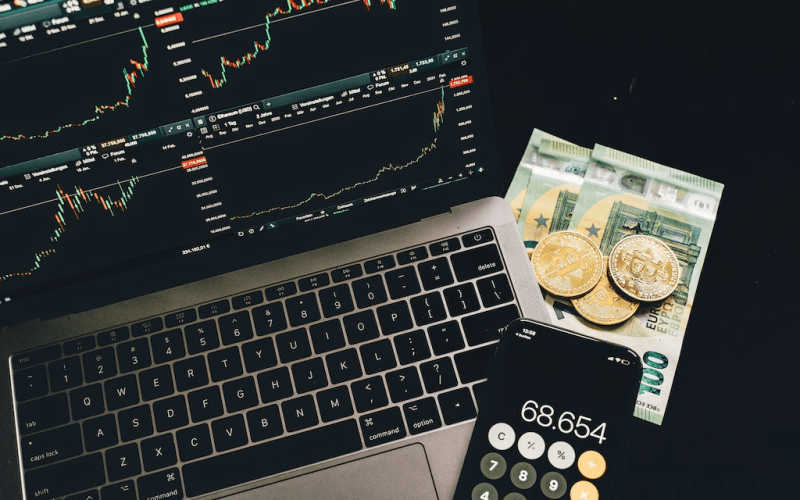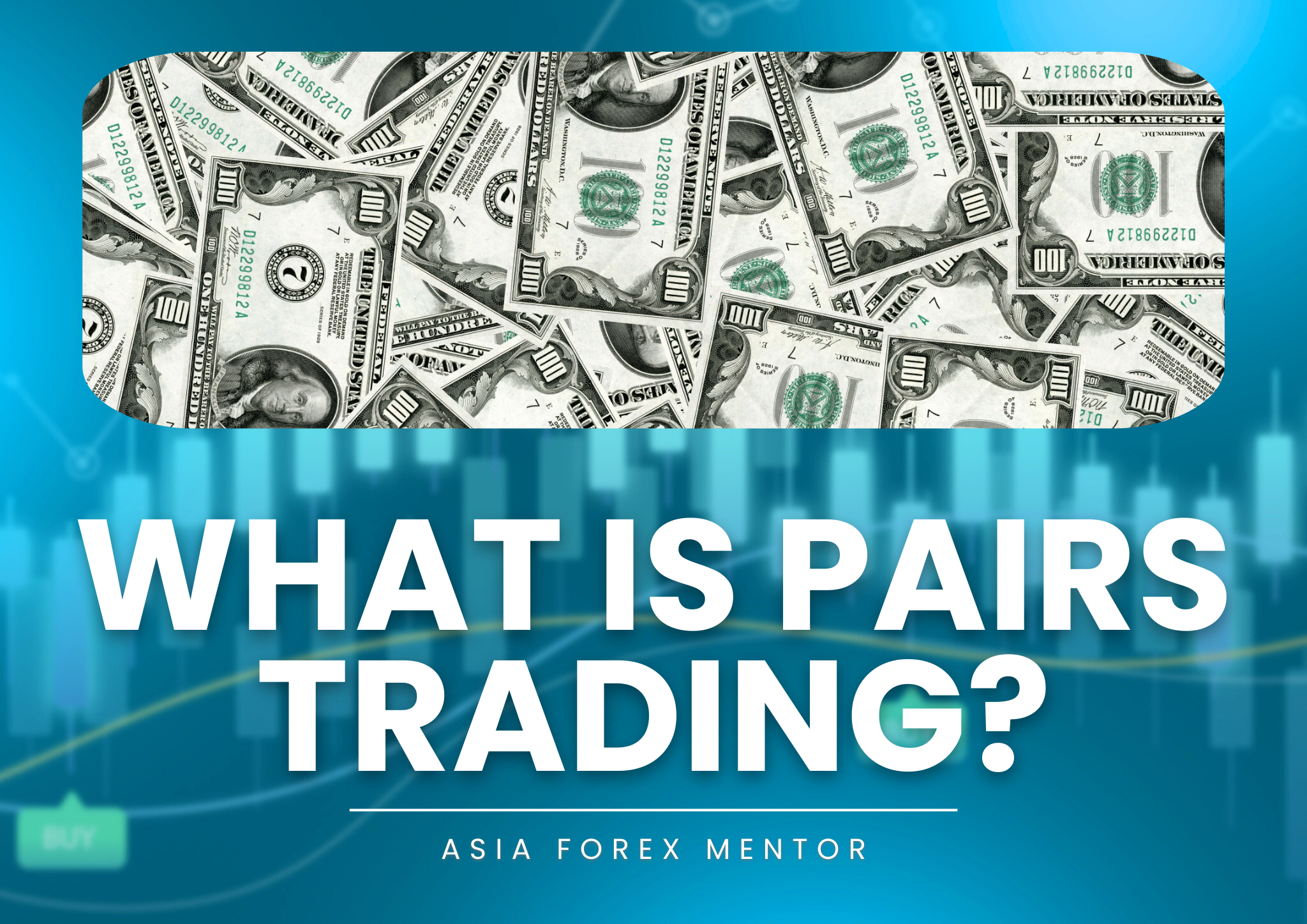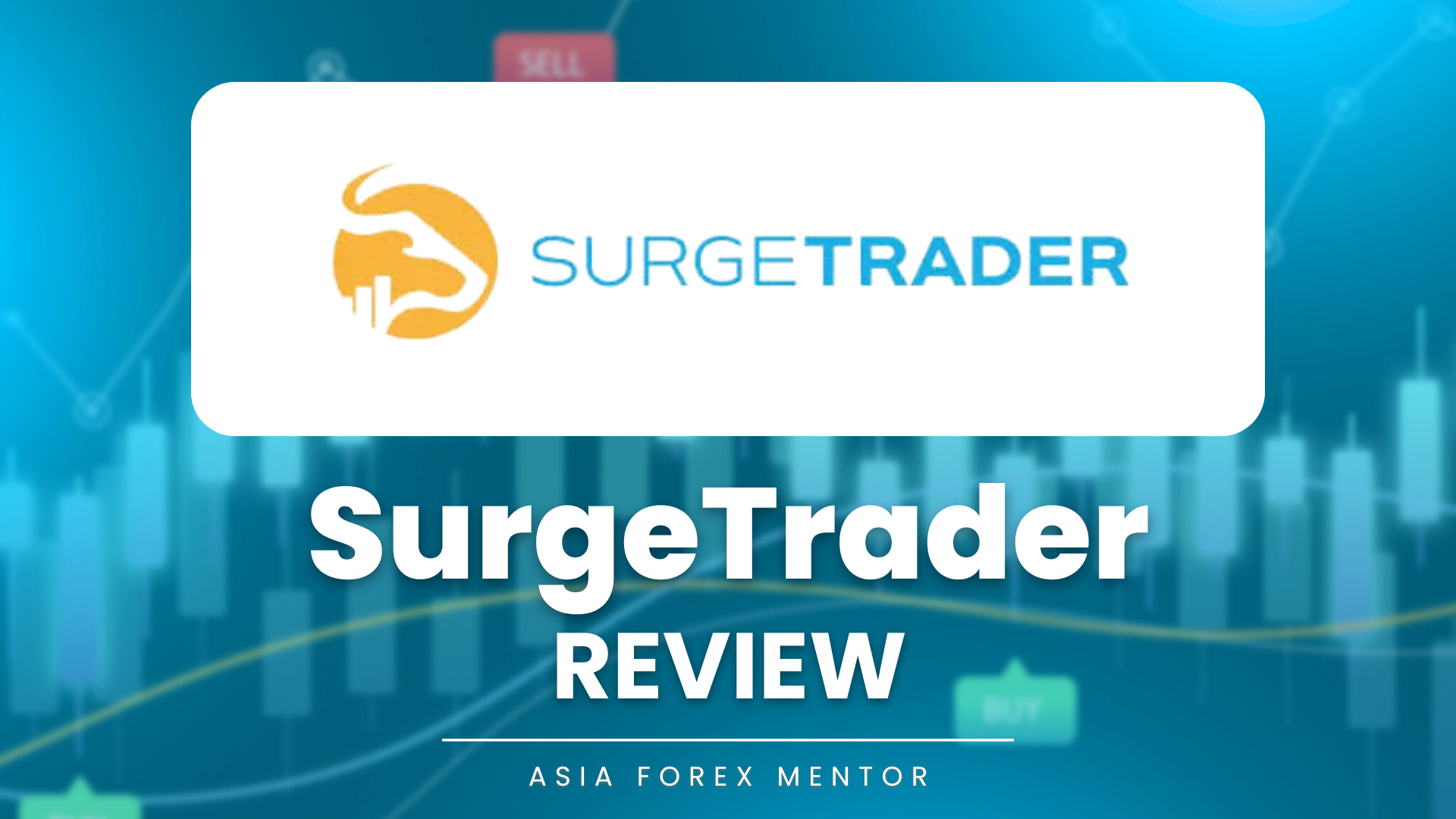Forex arbitrage might sound complex, but at its core, it’s a smart way to make money in the bustling world of currency trading. Imagine finding a loophole in the system where you can buy something at a lower price in one place and sell it for more somewhere else. That’s essentially what forex arbitrage is about—spotting and using tiny differences in currency prices to your advantage. This guide is here to break down the concept, making it easier for everyone to grasp, whether you’re just starting out or you’ve been around the block a few times in the finance world.
We’re diving into a strategy that’s got traders talking and looking for those golden opportunities in the forex market. By exploiting the small gaps in currency prices, forex arbitrage can be a neat way to pocket some profit without taking on too much risk. Think of it as being a bit like a treasure hunt, where the treasure is price differences, and your map is your knowledge and tools. Whether you’re new to trading or an experienced investor, understanding how forex arbitrage works could open up new ways for you to make money in the foreign exchange market.
Understanding Forex Arbitrage

Forex arbitrage stands out as a clever trading strategy designed to capitalize on price discrepancies within currency pairs. The method hinges on buying and selling the same currency across different markets or in varied formats to leverage those small price differences for a profit. What sets arbitrage trading apart is its reputation for being risk-free, given everything goes off without a hitch in execution.
Unlike many trading strategies that carry inherent risks, forex arbitrage operates on the principle of guaranteed profit—as long as you can spot and act on those price discrepancies swiftly. This risk-free nature makes it an attractive option for traders, especially in a volatile market. However, the key to success lies in perfect execution, as the opportunities for arbitrage trading tend to be fleeting and highly competitive.
Also Read: How To Maneuver Exchange Rates
Types of Forex Arbitrage Strategies

Forex arbitrage strategies can be categorized into several types, with each employing a unique approach to exploit market inefficiencies.
- Triangular Arbitrage is a forex arbitrage strategy where traders work with three currency pairs to take advantage of exchange rate discrepancies. The process involves converting an initial currency into a second, the second into a third, and finally, the third back into the original currency. The goal is to end with more than you started, creating a risk-free profit if the exchange rates align favorably throughout these transactions.
- Statistical Arbitrage takes a more analytical approach, employing mathematical models to spot price inefficiencies across different currency pairs over time. This strategy relies on complex algorithms and historical data analysis to predict future price movements, capitalizing on the temporary price inefficiencies that arise from these predictions.
- Arbitrage between Spot and Futures Markets focuses on the price differential between a currency’s spot market price and its futures market price. Traders leverage these differences by simultaneously buying a currency in the spot market at a lower price and selling it in the futures market at a higher price, or vice versa, to secure a guaranteed profit from the price differential without exposure to significant risk.
Key Components of Forex Arbitrage
- Forex Arbitrage Calculator: Essential for identifying arbitrage opportunities, it helps in calculating potential profits considering transaction costs and exchange rates.
- Currency Exchange Rates: The fluctuation of exchange rates is the bedrock of forex arbitrage, providing the price differences necessary for arbitrage.
- Market Participants: From individual traders to large financial institutions, all play a role in creating arbitrage opportunities through their activities in the forex markets.
How Does Forex Arbitrage Work?

Forex arbitrage thrives on the precision of executing trades that leverage price discrepancies either within the same currency pair or across various exchanges. This strategy seeks out moments when, for example, the EUR/USD pair is valued differently in markets like New York and Tokyo. By purchasing the currency at Tokyo’s lower price and selling it at New York’s higher rate, traders can secure a profit from the price differential, all while sidestepping the usual risks associated with market fluctuations.
The real allure of forex arbitrage lies in its ability to provide a risk-free profit avenue through meticulous trade execution. This method requires an eagle eye for detail and quick reflexes to spot these price differences and act before they disappear. As such, forex arbitrage not only tests a trader’s ability to identify opportunities but also their efficiency in executing trades swiftly, making it a challenging yet potentially rewarding strategy for those adept at navigating the forex market.
Advantages and Challenges
Forex arbitrage presents an enticing risk-free opportunity for traders aiming to make a profit by exploiting price differentials across currency pairs, assuming the transaction costs remain lower than these discrepancies. The key to capitalizing on these small price differences lies in the ability to act swiftly and effectively, a feat that is greatly enhanced by the use of sophisticated technology. These tools are crucial for identifying opportunities and executing trades automatically, maximizing the potential for profit in moments that often last just seconds.
However, the reliance on advanced technology to facilitate forex arbitrage introduces its own set of challenges, including the need for continuous monitoring and the potential for high initial investment costs. Since price discrepancies in the forex market are ephemeral, disappearing as quickly as they appear, arbitrage trading demands not only the right technology but also a strategy that includes real-time data analysis and automatic trade execution capabilities. This complexity underscores the importance of balancing the potential for risk-free profits with the practicalities of deploying an arbitrage strategy that can consistently identify and act on these fleeting opportunities.
Starting with Forex Arbitrage

For individuals eager to dive into trading with a forex arbitrage trading strategy, grasping the inherent trading risks is paramount. Critical factors such as the speed of execution and transaction costs play significant roles in the strategy’s success. Forex arbitrage demands lightning-fast reactions to exploit price discrepancies before they vanish. Thus, a thorough understanding and management of these risks are essential to prevent potential losses, especially when market conditions change unexpectedly.
Implementing risk management techniques is indispensable in protecting your investments from volatile market shifts that could disrupt arbitrage setups. Strategies such as setting stop-loss orders, diversifying across different currency pairs, and continuously monitoring market signals can mitigate risks. By preparing for unforeseen market movements and understanding the costs involved in executing trades quickly, traders can better position themselves to take advantage of forex arbitrage opportunities while minimizing potential downsides.
Conclusion
Forex arbitrage stands as a notable arbitrage strategy for traders aiming for an advantage in the competitive realm of the foreign exchange market. This method capitalizes on minor price variations across different currency pairs, offering a pathway to risk-free profits when executed correctly. It’s a technique that requires precision and quick action but, under optimal conditions, rewards traders with a profit margin devoid of traditional trading risks.
Whether just starting out or seasoned in the trade, delving into the details of forex arbitrage can significantly enhance one’s trading toolkit. Understanding how to identify and act on these price differences not only opens up a new strategy for secure profit-making but also broadens one’s perspective on market dynamics and the interplay between different currencies. For anyone looking to refine their trading strategies and gain a competitive edge, mastering forex arbitrage could be a game-changer.
Also Read: Best Crypto Arbitrage Trading Strategies
FAQs
What is Forex Arbitrage?
Forex arbitrage is a trading strategy that exploits price discrepancies between currency pairs in the forex market to secure risk-free profits. Traders buy and sell these currencies simultaneously across different markets or formats to take advantage of these differences.
How Do You Identify Forex Arbitrage Opportunities?
Identifying forex arbitrage opportunities requires real-time monitoring of currency prices across different exchanges and markets. Traders often use sophisticated software and forex arbitrage calculators to detect price discrepancies quickly enough to act before they disappear.
Is Forex Arbitrage Suitable for Novice Traders?
Forex arbitrage can be challenging for novice traders due to the need for fast execution, access to real-time data, and understanding of transaction costs. However, with adequate learning and the use of automated trading tools, beginners can gradually incorporate forex arbitrage into their trading strategies.











